Last Updated on November 1, 2021
When you hit the throttle you expect your car to move. And while you might not realize exactly what’s going on, the throttle body is what starts that entire process. But over time your throttle body can wear out or just get plain dirty.
So, how do you know it’s time to clean or replace your throttle body? We’ll break down everything you need to know here. And who knows, we might just help you bring that old throttle body back to life and save you a few bucks.
What is a Throttle Body?
The throttle body is the component on your engine that controls how much air enters the engine manifold and to the combustion chamber. It’s a relatively simple component that just opens up to various angles to let the correct amount of air flow in depending on the throttle position.
On older vehicles a mechanical linkage connected the throttle body to the gas pedal, while modern vehicles use sensors to achieve the same result.
Signs of a Faulty or Dirty Throttle Body
While the throttle body is a mechanical component, that doesn’t mean it won’t wear out over time. Not only that, but as carbon builds up on the throttle body it can stop responding as it should, leading to a whole host of problems.
Below we’ve highlighted the six most common symptoms that let you know you need to take a look at your vehicle’s throttle body.
#1 – Check Engine Light
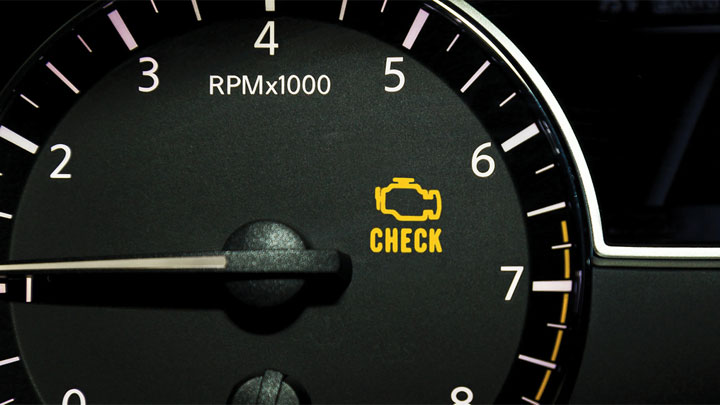
The most common symptom of a faulty throttle body is a check engine light. The check engine light can point you straight to the throttle body or to any of the various components that communicate and actuate the throttle body, like the throttle body position sensor.
Just keep in mind that a check engine light tells you where to start your troubleshooting, it doesn’t tell you exactly what the problem is.
#2 – Rough Idle
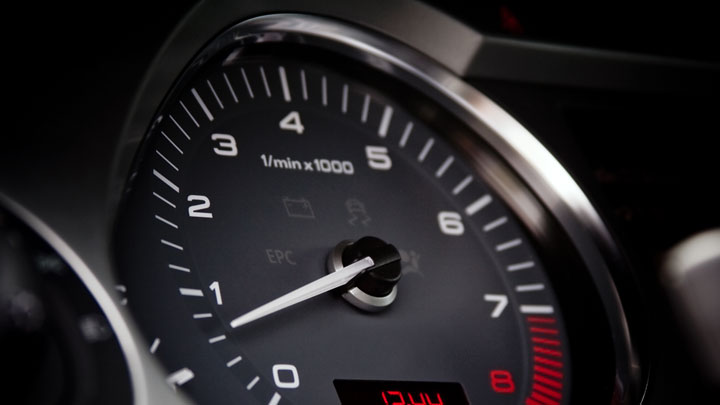
If your vehicle has a rough idle, then it’s definitely a possibility that there’s a problem with the throttle body. It might have issues staying at the right point, or it might not be able to open or close past a certain point.
Either way, if your vehicle has a rough idle, it’s worth checking out the throttle body.
#3 – Engine Stalling

If your vehicle’s throttle body is defective enough you might find that your vehicle can’t stay running. This happens because the engine isn’t getting enough air, and since the throttle body can’t open further it can’t up the air intake to prevent the engine from stalling.
#4 – Rough Acceleration

Since your throttle body controls the airflow to your engine, it’s no surprise that if it’s faulty or dirty that it can affect your acceleration. Not only can acceleration be a bit rough, but it can also keep your acceleration from exceeding a specific point or slowing down past a certain point.
#5 – Poor Fuel Economy
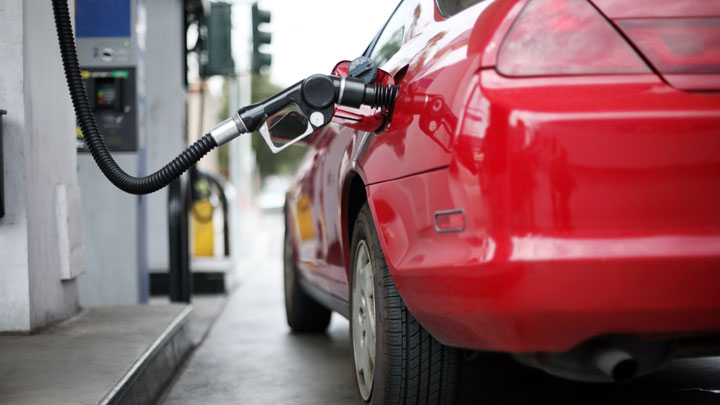
When everything is working the way it should, your engine is a fine-tuned machine that maximizes performance while minimizing fuel consumption. But when your engine can’t get the air to fuel ratio right, it forces your engine to spend more fuel to get you where you’re going.
It can be a small difference or a major drop depending on exactly what’s going on with the throttle body. But one thing’s for sure, you will end up spending more money on fuel.
Related: 15 Causes of Poor Fuel Consumption
#6 – Poor Engine Performance
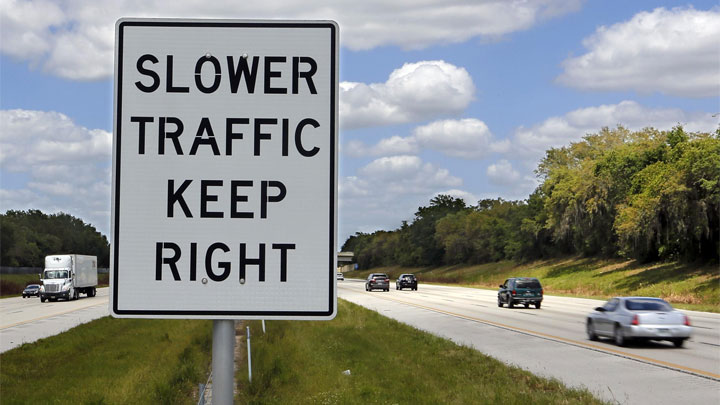
There’s no way around it, if your engine has a faulty or dirty throttle body, the engine performance will struggle. It might accelerate too fast, or it might not have the oomph you’re used to. Either way, engine performance is going to suffer.
What Causes Throttle Body Issues?
Most throttle body issues occur because over time the throttle body accumulates dirt and grime. As this dirt and grime builds up it can cause the throttle body to stick, impacting the overall performance.
The good news is that because most of the issues are from dirt and grime, if you can remove the debris you might find your throttle body works like new!
And if you keep the dirt and grime from building up in the first place, you can keep your throttle body going longer, and it can save you from expensive repairs.
How Long Does a Throttle Body Last?
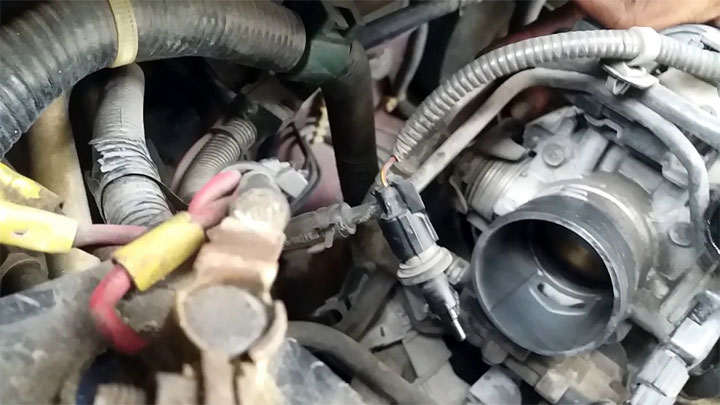
While you should clean your throttle body at least once every 75,000 miles, a throttle body that’s properly cared for can easily last 150,000 or even 200,000 miles. That’s because it’s a mechanical component, and it takes a while for mechanical components to wear out.
The big caveat with that is that you need to care for your throttle body to get the most out of it. Because when you don’t properly care for your throttle body you might find that you need to replace it closer to the 100,000-mile mark or even sooner.
Can You Drive With a Bad Throttle Body?
While you can drive with a bad throttle body, you definitely shouldn’t. There are two reasons for this. First is the safety concern. When your throttle body isn’t working the way it should, your vehicle can accelerate or fail to accelerate at the most inopportune time.
This dramatically increases the chance of getting into an accident, which is a pretty big deal. The second concern might not be as important as safety, but it can impact your bank account. That’s because driving with a faulty throttle body can lead to further damage to your engine.
Not only does having the incorrect fuel to air ratio impact performance and reduce your vehicle’s fuel efficiency, but it also puts more wear and tear on your vehicle. This extra wear and tear can damage various components, and that means even more in repair bills when you do get around to fixing it.
Throttle Body Replacement Cost
Best places to order parts? See: 19 Best Online Auto Parts Stores

While the throttle body isn’t the most expensive component on your vehicle, it’s not exactly cheap either. If you do find that your vehicle needs a new throttle body, you can expect to spend anywhere between $450 and $600 on both parts and labor.
And if you’re thinking of doing the job yourself, you’re not going to save a ton. That’s because the vast majority of the cost comes from the parts, not the labor. If you plan on doing the job yourself, you can still expect to spend between $400 and $500 for your new throttle body.
Because of the expensive price of parts, it’s a good idea to see if you can’t clean up your existing throttle body and save yourself a few bucks.
Cleaning vs Replacing
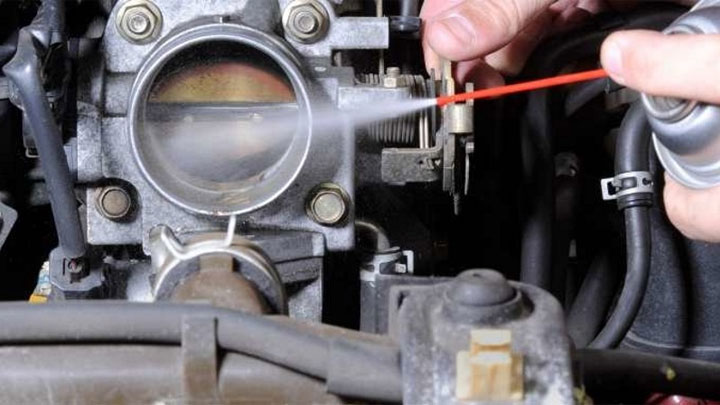
Because throttle bodies are a more expensive component to replace, it’s thoroughly worth checking out various throttle body cleaners. And since the majority of throttle body problems come from a dirty throttle body, it might even be a long-term fix.
Just ensure that you’re taking the time to clean your throttle body every 50,000 to 75,000 miles to keep dirt and grime from building up too far.
And if for some reason you’re checking out this guide and your throttle body isn’t acting up yet, you should still clean it every 50,000 to 75,000 miles to keep a problem from coming up in the future.
Because of these low-cost and effective cleaners that can clean your throttle body a few times over, you can save yourself hundreds of dollars in future repairs by simply cleaning your throttle body instead of replacing it!

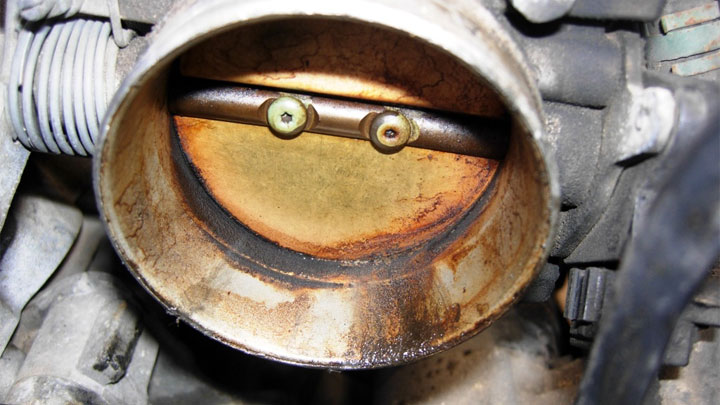



Your explanation is brief to the point. I give you thumbs up for saying the truth about the fact that most of the time, cleaning the throttle body may be just the solution needed.
Hi can a bad throttle body cause a car to stall all of a sudden while driving?
Can it also cause the vehicle not to start?
I have a 96 Geo Prizm under 100 thousand miles.
Thank you in advance
Lynn
03/07/22
I don’t know, there could be many causes. What makes you think it’s the throttle body?
Toyota avensis 1.8vvti t25 petrol (88k) running fast on cold start. almost 2000rpm. It settles as it should. I’m sure it was around 1600rpm when we got the car 8 or so year ago. It has increased over the years.
Do you think removing and cleaning would help or is it time to replace?
I have changed the maf sensor and checked for leaks.
That’s a high idle, but not for a cold start. I’ve had several cars that cold start at 2,000 RPM. If you don’t notice any other issues, I wouldn’t worry too much about it.
Come it be my throttle body if my airfiter is filling up with gas on my 2000 fire bird
Replaced my throttle body with a used one and it won’t work, does putting a new one in make it work? Or make a difference,?
I don’t know. Can you explain the problem, what you expected, and what didn’t work with the replacement throttle body?